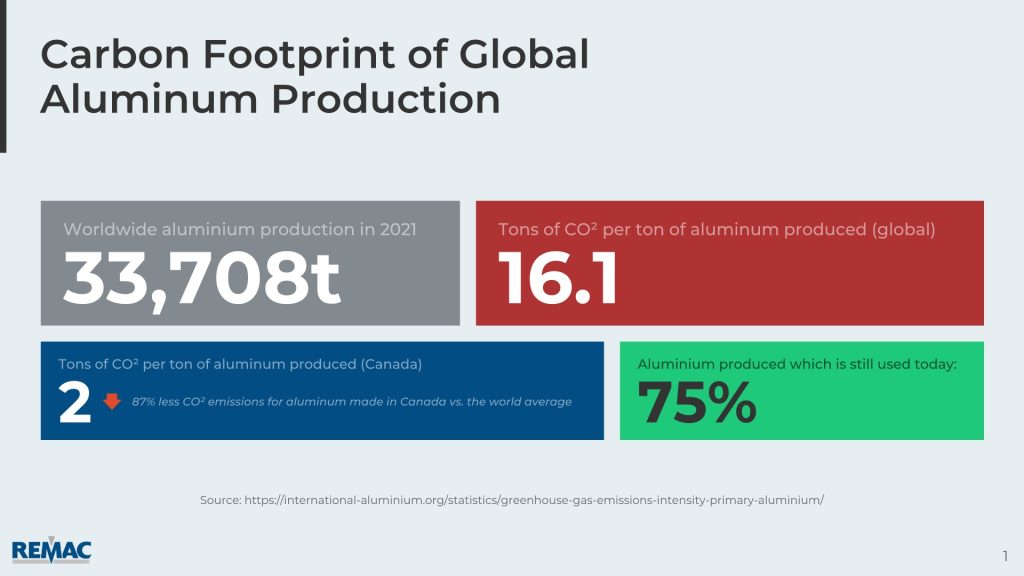Introduction
Manufacturers have used aluminum in structures for decades because of its ability to deliver superior performance at a lower weight than steel. This makes aluminum more environmentally friendly than steel, which requires more energy (and therefore emits more carbon dioxide) during production than aluminum. Plus, we can recycle aluminum endlessly without losing any strength properties, making it an excellent choice for sustainable design projects like stadiums or houses that need to stand up through decades of use without becoming obsolete before their time!
Although Paul Héroult and Charles Hall invented the manufacturing process more than 100 years ago, the material is still a part of many recent innovations. New alloys, and ever-increasing gas prices have made aluminum’s demand soar over the past decades. These next paragraphs will focus on the main benefits generally associated with aluminum.
The benefits of the extrusion process
You can have your aluminum extrusion shaped into whatever you want. Not just rectangles and squares, but also complex shapes like circles, triangles, and polygons. This is called the “extruder” part of extrusion manufacturing because it turns out to be possible for aluminum extrusions to exist in a variety of forms.
In addition to making things easier on the people who make and install them, this flexibility also makes it possible for these materials to be used as structural components in buildings and other structures that need loads bearing down upon them with weighty force (such as bridges). It’s not just that they’re strong enough; they’re also lighter than steel—and therefore easier on materials costs when used over large areas like rooftops or floors. In fact, some manufacturers claim that up to 80% less material is needed compared with similar-sized beams made from steel!
Resistance to corrosion
Aluminum is a naturally corrosion-resistant material, which means it doesn’t corrode easily. This makes aluminum a good choice for many structural applications, as it can withstand high levels of moisture and other corrosive elements. When the metal becomes exposed to air, it will develop an oxide layer on its surface that protects the metal from further oxidation. Although many things or events can damage the oxide layer, it will immediately regenerate, provided there is oxygen present.
Lightweight
Aluminum is lighter than steel, by a lot. In fact, aluminum is around 1/3 the weight of steel. This is a major advantage in applications where weight is an issue. The industry refers to this property as the “strength-to-weight ratio.” For example, if you had two pieces of metal and one of them weighed half as much as the other, you could use it in a situation where your design called for twice as much strength—and have less material to work with.
One good example where lightweight can be beneficial is aerospace construction. The space industry has strict FAA requirements around how much each component needs to weigh. Using high-strength aluminum alloys like AA7075 or even 2024 T3 allows designers to build lighter and strong structures and components that meet their structural requirements at the same time.
Long life cycle
Aluminum is a very durable material. It has a long life cycle, and it’s resistant to corrosion. That means it can last for many years without losing its original strength or shape.
It’s also recyclable, so when aluminum does eventually need replacing, you won’t have to worry about waste disposal—you can simply melt down the old item and remake something else from it! According to International Aluminum Institute, almost 75% of the 1.5 billion tonnes of Aluminium ever produced is still in use today.
Preassembly capabilities
Preassembly is a booming business in the aluminum industry. With preassembled parts, you can ship aluminum frames and connectors that are ready to be bolted together once they reach their final destination. This saves time and money, as well as reduces the need for skilled labor.
REMAC also preassembles the aluminum towers before shipping them to their final destination. On average, the customers reduce the installation time to only 5 to 7 hours, a decrease of over 90%, when compared to a traditional tower erection.
Conclusion
So, if you’re considering a steel structure, think again. Aluminum is the way to go!

